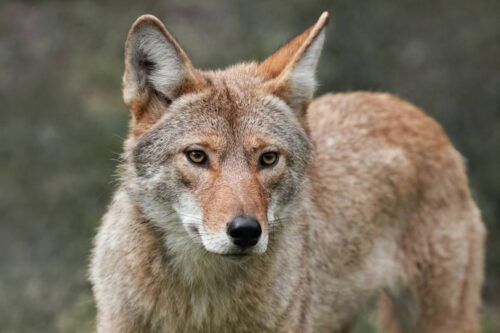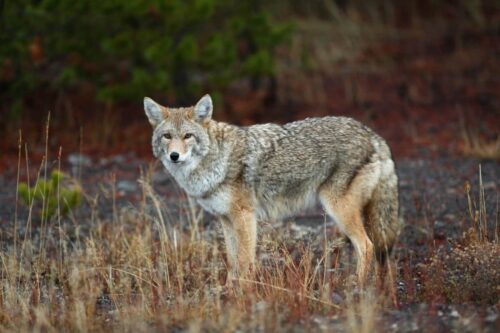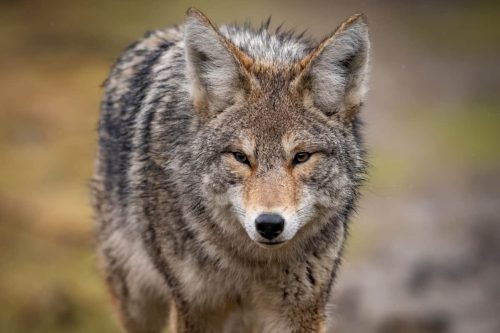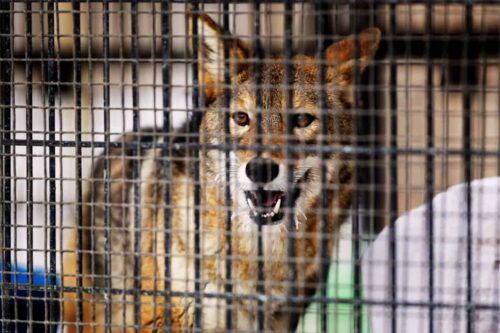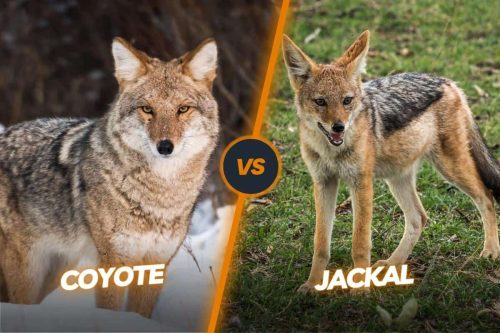Coyotes in Delaware: Explore The Rise of an Eastern Coyote
The presence of coyotes in Delaware’s diverse landscapes has ignited curiosity and concerns among both residents and nature enthusiasts. Their intriguing behavior, ranging from solo hunts to social pack dynamics, has captured the attention of researchers and wildlife enthusiasts.
In this article, we delve into the world of Delaware’s coyotes, exploring their behavior patterns, ecological impact, and interactions with the human population. By shedding light on their unique role within Delaware’s ecosystem and the strategies for peaceful coexistence, we aim to uncover the complexities surrounding these fascinating creatures.
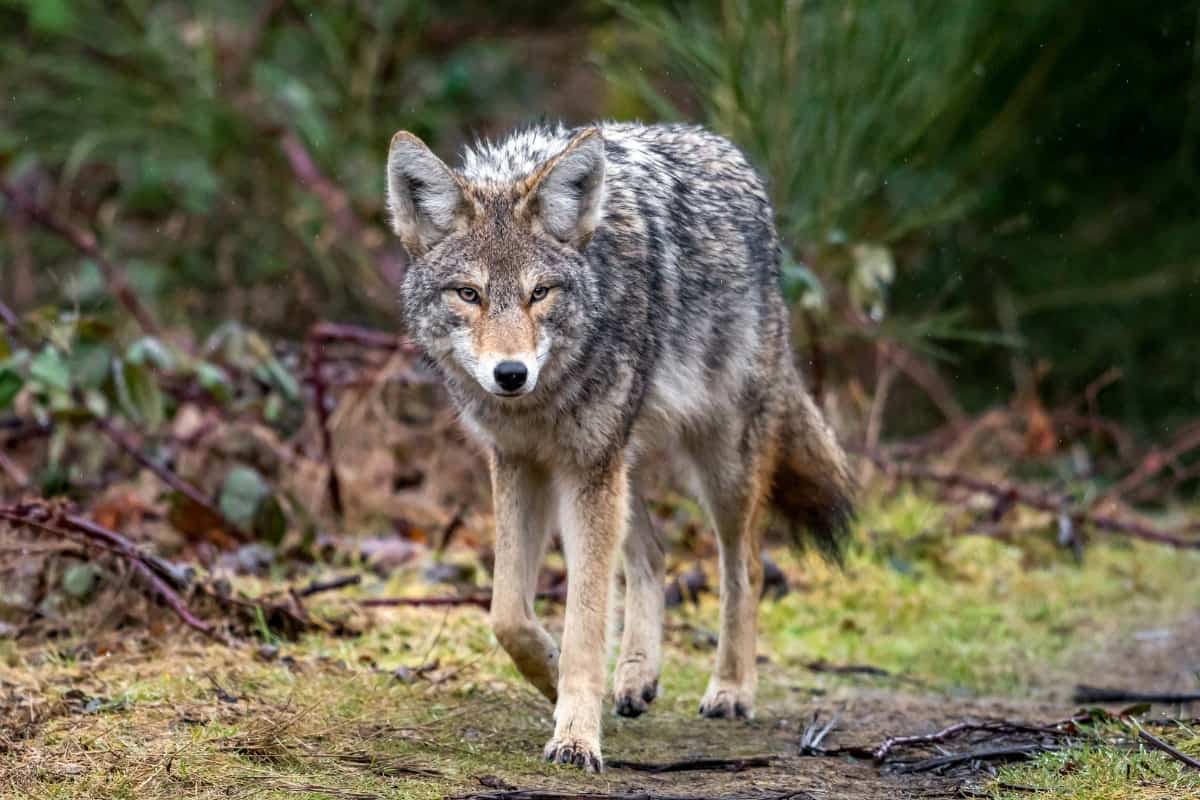
Contents
Why Study Coyote’s Presence in Delaware?
Delving into the realm of Delaware’s native wildlife, the coyote emerges as a captivating subject of study. Its presence within the state’s varied ecosystems has sparked interest among researchers and enthusiasts alike. Recognizable by its distinctive appearance, characterized by pointed ears, a bushy tail, and a versatile fur color palette, the coyote stands as a testament to nature’s adaptability.
In this section, we unravel the intriguing traits and behaviors that define the coyote’s identity in the Delaware landscape.
Coyote’s Profile in Delaware
The coyote, Canis latrans, is a resilient and resourceful species that has firmly established itself in Delaware’s diverse habitats. With its distinctive reddish-brown to grayish-brown fur and pointed ears, the coyote showcases remarkable adaptability, intelligence, and social nature, making it an intriguing presence within the state’s natural tapestry.
Historical Background of Coyote in Delaware
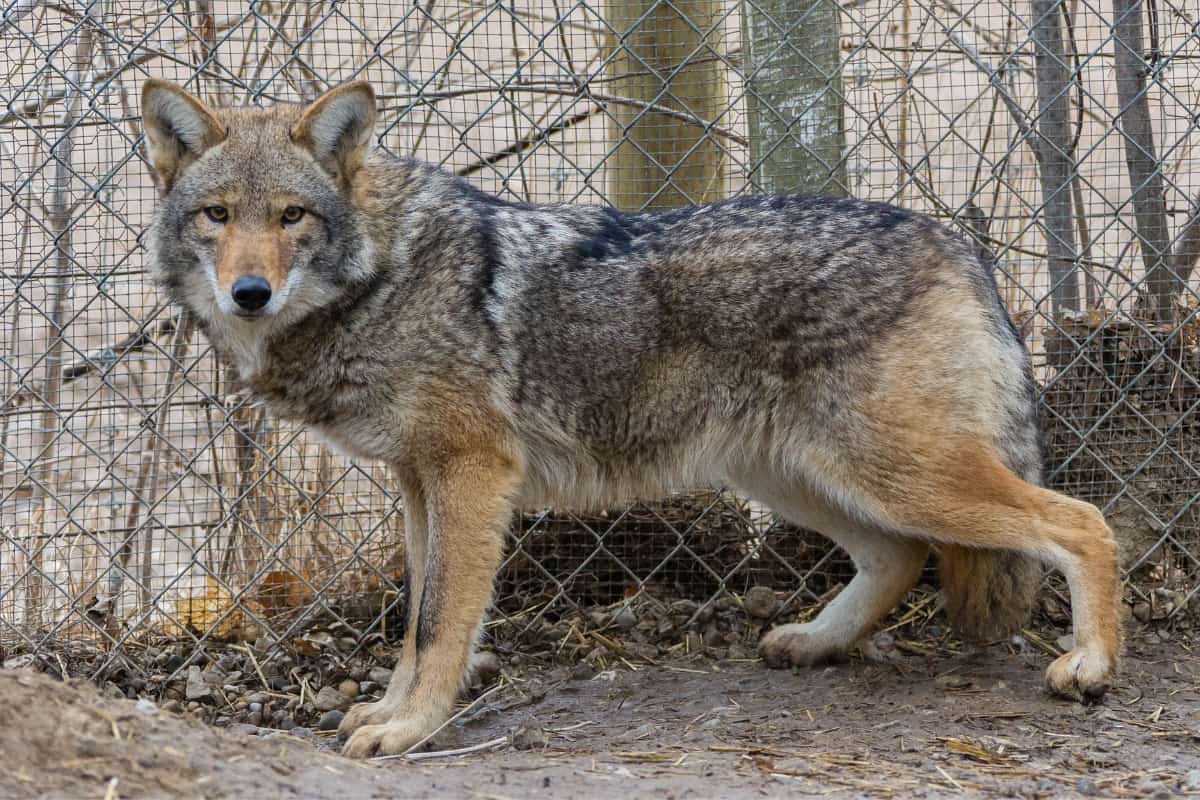
The historical background of coyotes in Delaware is an intriguing narrative that unveils their journey within the state’s ecological tapestry. Originally inhabitants of the western regions of North America, these adaptable creatures began their eastward expansion in the early 20th century due to changes in habitat and the decline of larger predators.
Their arrival in Delaware can be attributed to their remarkable ability to traverse various landscapes and adapt to different environments, including forests, grasslands, and urban areas.
Also read: Coyotes in Pennsylvania
Are Coyotes Natives of Delaware?
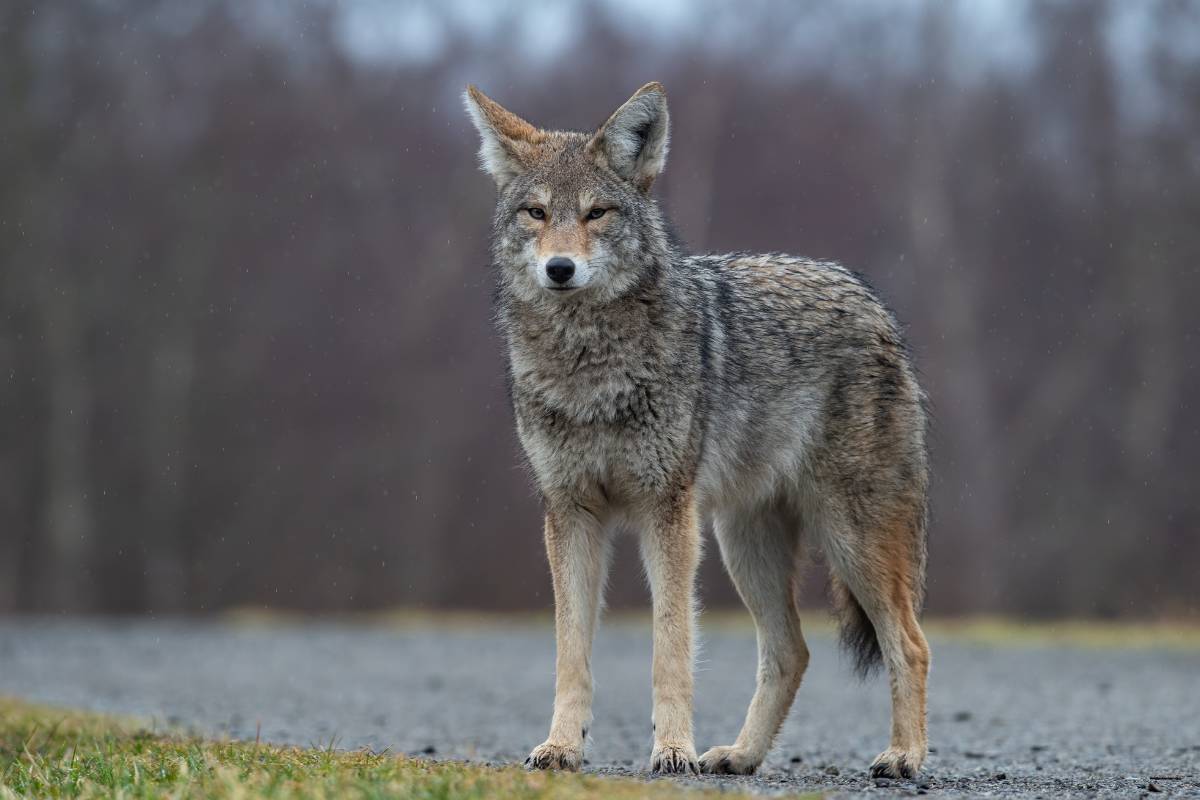
While coyotes were not historically native to Delaware, their presence in the state became noticeable around the mid-20th century. Their establishment within the local ecosystem has led to a nuanced coexistence between these canids and the diverse flora and fauna of the region. This historical trajectory underscores the importance of studying how wildlife adapts and interacts with changing landscapes, offering valuable insights into the intricate dynamics of nature.
Coyotes’ ability to thrive in new environments serves as a testament to their resilience and resourcefulness. Today, their historical background enriches our understanding of the complex interactions between species and their environments, highlighting the ongoing importance of conservation efforts and responsible wildlife management in Delaware and beyond.
Ecological Impact of Coyotes in Delaware
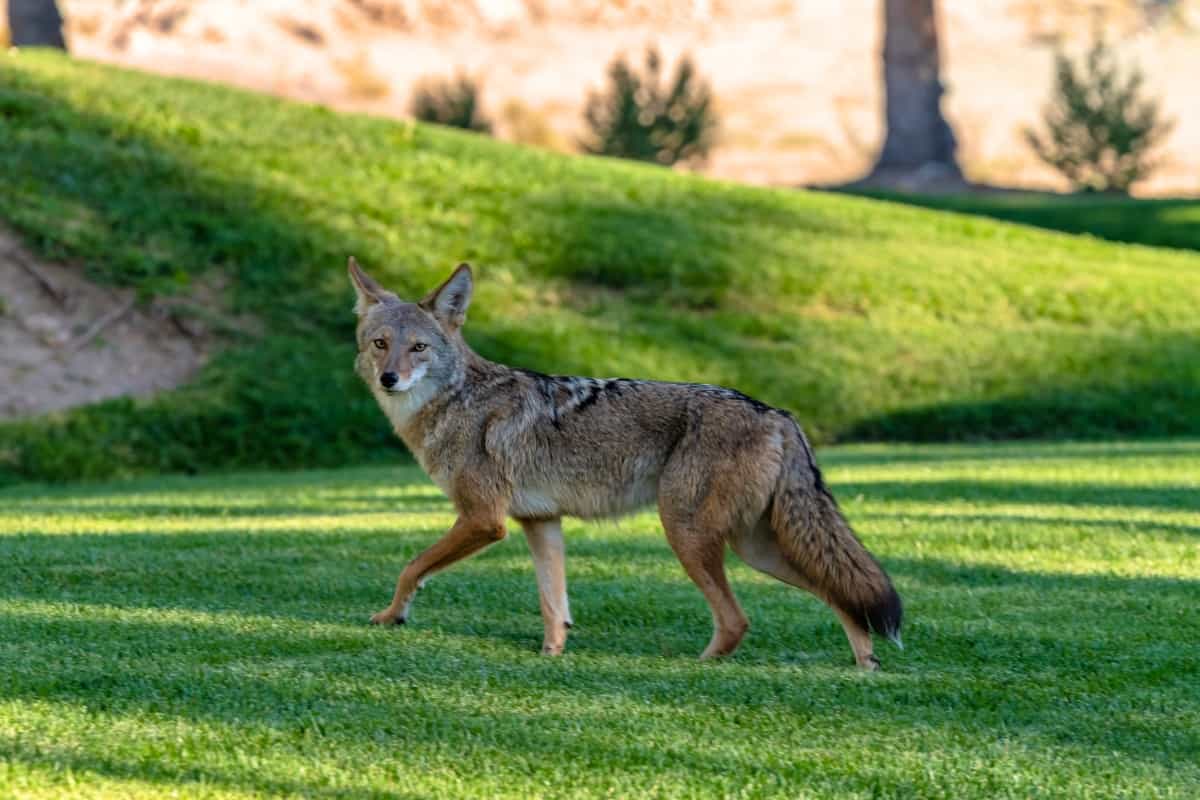
The ecological impact of coyotes in Delaware is a multifaceted phenomenon that intricately weaves into the state’s natural dynamics. As adaptable predators, coyotes exert a regulating influence on various prey populations, effectively curbing the overabundance of rodents and smaller mammals. This ecological role termed as “mesopredator release,” can have cascading effects on vegetation and other wildlife by preventing unchecked grazing and supporting biodiversity.
Also read: Are there Coyotes in Virginia?
Ecological Concerns
Despite their positive contributions, the presence of coyotes can also trigger concerns about their interactions with human activities. Instances of predation on domestic pets and potential competition with other native species have prompted discussions about coexistence strategies.
Understanding the complex interplay between coyotes, their prey, and the broader ecosystem is essential for striking a harmonious balance between the natural world and human communities. By recognizing the intricate connections and ecological nuances, Delaware can better navigate the challenges and benefits posed by its resident coyote population.
Role of Coyotes in the Ecosystem of Delaware
Coyotes, as key ecological players in Delaware’s intricate web of life, undertake a significant role that ripples through the ecosystem. Their presence fosters a delicate balance by exerting control over prey populations, thereby preventing the unchecked growth of smaller mammals like rodents. This ecological regulation, termed “top-down control,” curbs herbivory, preventing overgrazing that could threaten plant species.
Impact on Population of Other Animals
Furthermore, coyotes’ influence extends beyond their direct impact on prey. By limiting the population of certain animals, they indirectly shape the distribution and abundance of plants, insects, and other animals within their ecological niche. This phenomenon, known as a trophic cascade, showcases the interconnectedness of species and highlights the vital role coyotes play in maintaining ecosystem health.
Competition with Native Wildlife
The issue of competition with native wildlife also arises. Some worry that coyotes might pose a threat to other local species, potentially impacting their populations. However, it’s essential to consider that coyotes have been part of ecosystems for centuries, and their presence can contribute to maintaining ecological balance.
Role in the Biodiversity of Delaware
While coyotes’ impact can be complex, their presence underscores the importance of respecting and preserving the natural dynamics of Delaware’s ecosystem. Recognizing their role as both predators and regulators, we can enhance our appreciation for the intricate relationships that shape the state’s biodiversity and foster a renewed commitment to conservation efforts.
Human Interactions and Concerns
As coyotes establish their presence within Delaware’s landscapes, human interactions and concerns naturally emerge as a pivotal aspect of this coexistence. While incidents involving coyotes and humans are generally rare, several key concerns have garnered attention and discussion.
Safety of Domestic Animals
One primary concern revolves around the safety of domestic pets. Coyotes’ opportunistic behavior and keen hunting instincts can lead to interactions with pets, particularly in suburban areas. This potential for conflicts has prompted pet owners to adopt precautionary measures such as supervising pets during outdoor activities and securing them within enclosures, especially during twilight hours when coyotes are most active.
While the vast majority of coyote interactions are non-confrontational, concerns over safety have led to public discussions about coexisting harmoniously with these creatures. Educating residents about coyote behavior, sharing preventive measures, and fostering an understanding of their ecological importance are key strategies to address these concerns and promote a positive relationship between humans and coyotes in Delaware.
Coexisting in Delaware with Coyotes
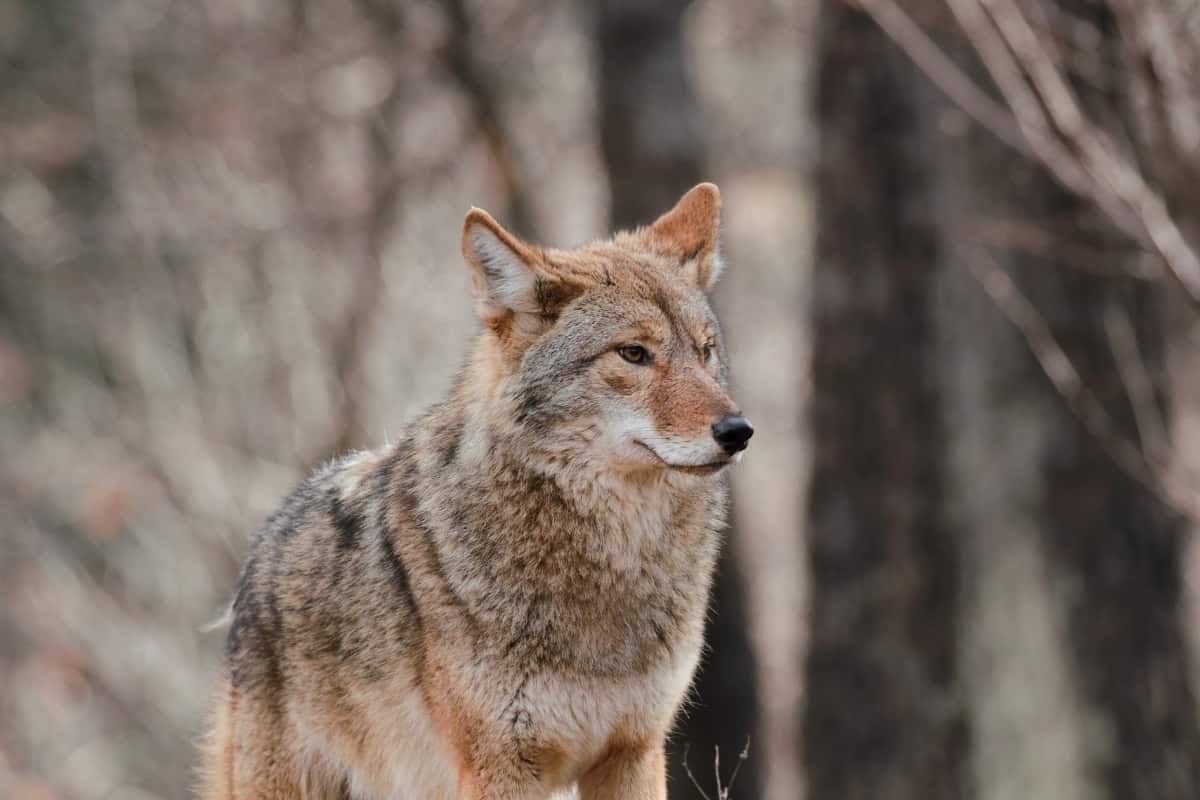
Coexisting with coyotes in Delaware necessitates understanding their behaviors and adopting measures that mitigate potential conflicts. By embracing responsible practices, humans can share landscapes harmoniously with these canids, promoting a balanced ecosystem.
Preventive Measures
Preventive measures aim to reduce the likelihood of negative interactions between humans and coyotes. These include securing attractants, ensuring pets’ safety, and promoting education and awareness. By taking proactive steps, we can minimize potential conflicts and enhance peaceful coexistence.
Securing Attractants
Securing attractants involves managing potential food sources that might draw coyotes closer to human settlements. Properly sealing garbage cans, compost piles, and pet food storage prevents coyotes from being lured by easily accessible resources, reducing the chances of unwelcome encounters.
Pet Safety
Pet safety involves safeguarding domestic animals from potential interactions with coyotes. Keeping pets leashed and supervised, particularly during twilight hours when coyotes are most active, helps prevent conflicts and ensures the well-being of both pets and wildlife.
Education and Awareness
Education and awareness initiatives inform residents about coyote behaviors, dispelling myths and misconceptions. Understanding coyotes’ vital role in the ecosystem fosters respect and empathy, encouraging responsible coexistence and minimizing unnecessary fear.
Reporting and Resources
Having reporting mechanisms and resources in place enables residents to seek guidance from wildlife authorities in managing coyote interactions. Reporting unusual behavior or concerns allows for timely intervention and ensures informed decision-making for peaceful cohabitation.
Rules and Regulations of Hunting Coyotes in Delaware
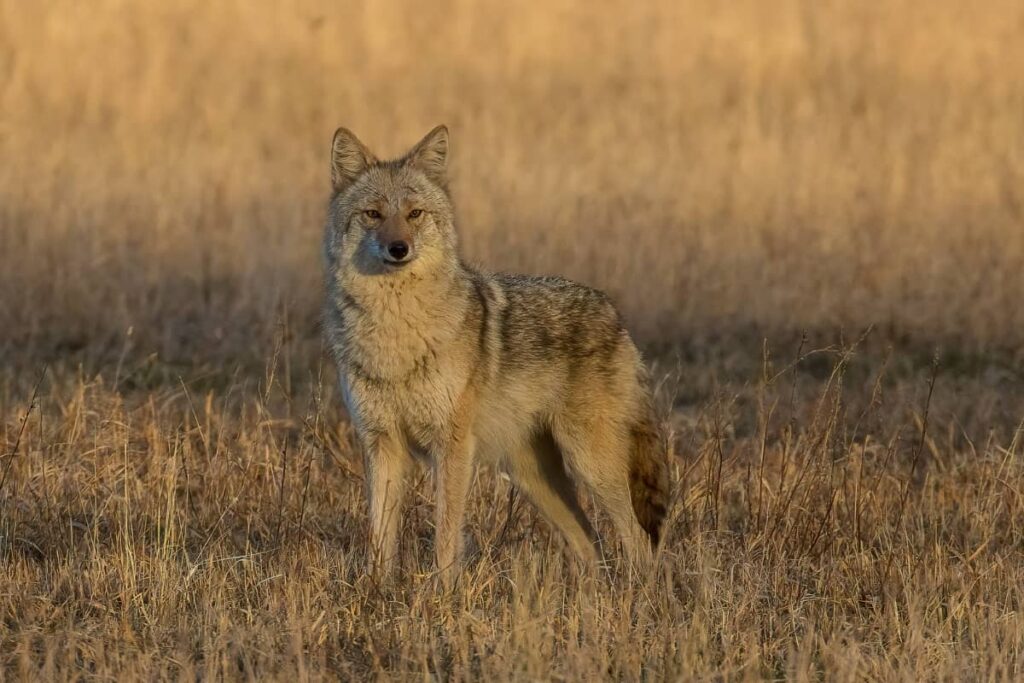
Hunting coyotes in Delaware is subject to specific rules and regulations aimed at ensuring ethical and sustainable practices. Hunters must adhere to the following guidelines:
It’s crucial to stay updated on current regulations, as they may change. Respecting hunting laws contributes to responsible wildlife management and fosters a sustainable balance between humans and coyotes in Delaware.
Conclusion
In the intricate tapestry of Delaware’s ecosystems, the presence of coyotes emerges as a compelling thread, weaving together the stories of adaptation, interaction, and coexistence. Our journey through the behavior and impact of these canids reveals a harmonious interplay between nature’s resilience and the complexities of human-animal relationships.
By delving into their social dynamics, ecological role, and coexistence strategies, we gain a deeper appreciation for the delicate equilibrium that sustains our environment. Understanding coyotes’ behavior and impact in Delaware is not merely a study of a single species; it’s an exploration of the interconnectedness that defines our world.
The lessons learned from observing these creatures extend beyond their fur and howls; they echo the importance of respecting and nurturing the biodiversity that thrives in our shared spaces. As we move forward, armed with knowledge and empathy, we are better equipped to navigate the ever-evolving narrative of coyotes in Delaware, fostering a future where both humans and wildlife flourish side by side.
FAQs

Ray is an experienced wildlife researcher with a background in veterinary medicine. His contributions have significantly advanced our understanding of various wild animals.

